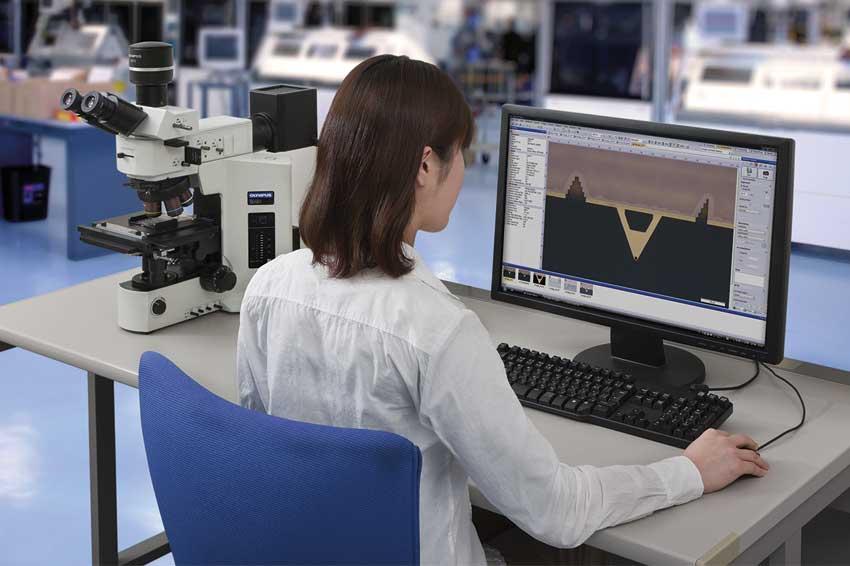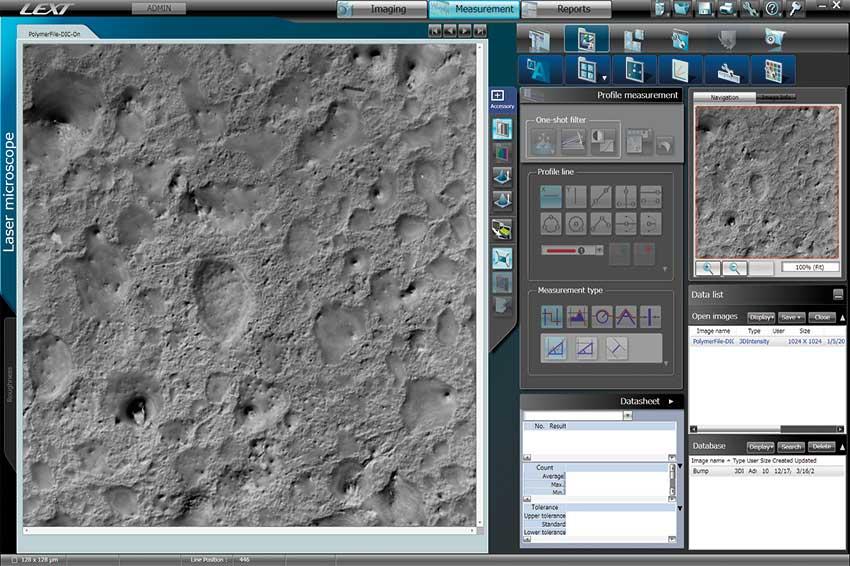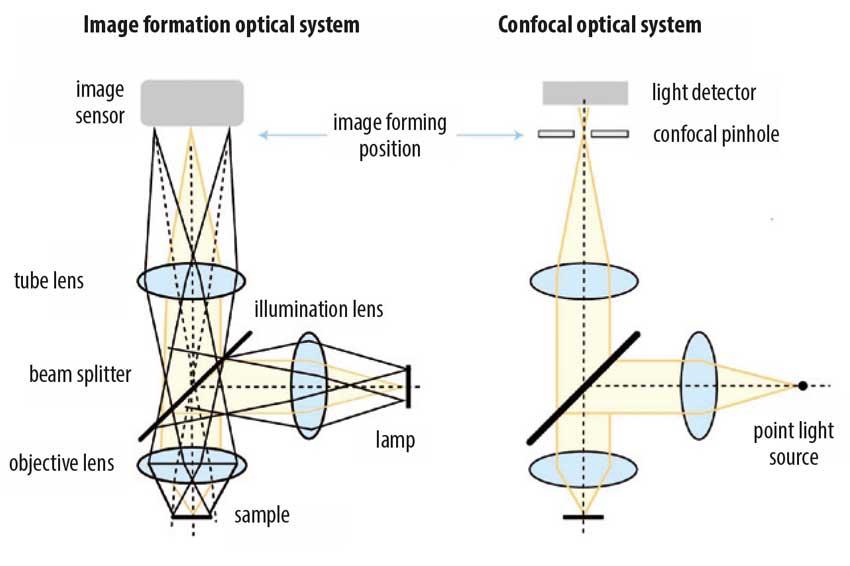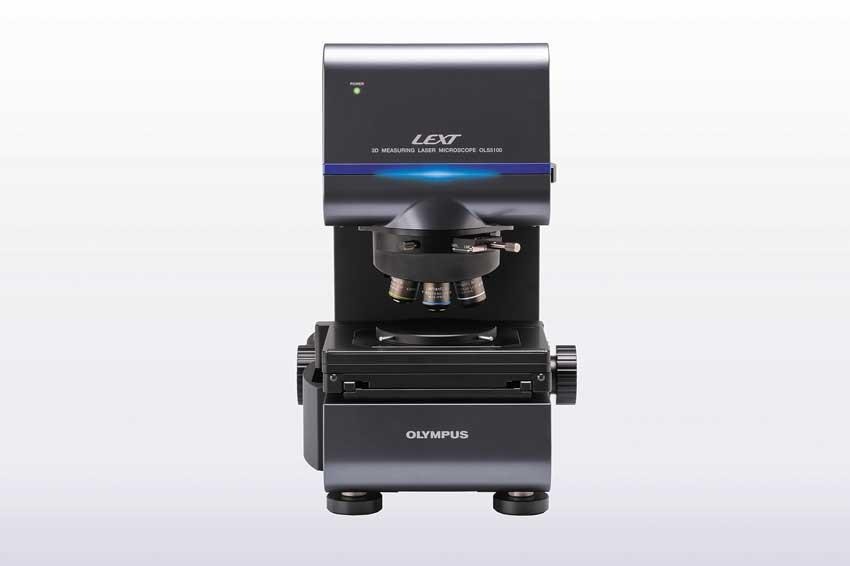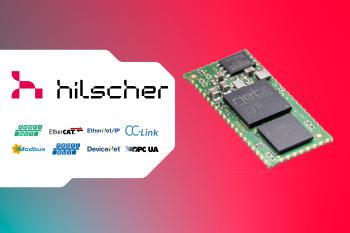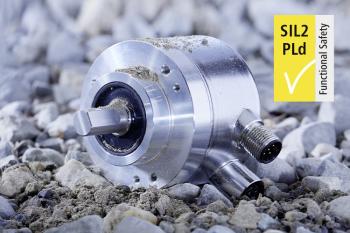Easy 3D, non-contact surface profile measurements in air
2-part tutorial on the principles of laser scanning microscopes
In a two-part article, Olympus technical sales support specialist Megan Farell discusses the basic principles and the features and applications of Olympus industrial laser scanning microscopes, concentrating on the reflection-type confocal laser scanning microscope, which is built for high-resolution detection.
Of the principles of laser scanning microscopes, the most basic is the confocal optical system. It has a pinhole with a circular opening at the position that conjugates the focal position of the objective lens (image forming position) to only detect light at the focused position. Although it is important to evenly illuminate a certain area for a typical optical microscope, in the confocal optical system the light emitted from the point light source is radiated by the objective lens so that the light converges to one point on the sample. In general, a specific wavelength of laser light that travels in a very straight line is used as the point light source so that a large amount of light converges at one point. This reduces unnecessary scattered light from the environment and improves contrast compared with ordinary optical microscopes, which evenly illuminate the sample.
The light reflects on the surface of the sample, goes back along the same optical path, is separated by the beam splitter, and converges on the pinhole. This optical system is only able to obtain information from the focal position as most of the reflected light from other focal planes is blocked at the pinhole. This means that the confocal optical system can act like a height sensor because of its narrow depth of focus while a conventional optical system cannot due to its large depth of field that includes data from several focal planes.
Part 1, published in issue 2/2021, discusses confocal optical systems, 2D and 3D scanning, confocal effect and extended focus image, and scanning mechanisms. Part 2, which was published online as an early view article ahead of issue 3/2021, addresses resolving power, measurement accuracy, software for laser scanning microscopes, and features an application note regarding the improvement of the detection capability for combined samples containing materials with different reflectance values and steep slopes.
References: M. Farell: Principles of Laser Scanning Microscopes – Part I: Confocal optical systems, 2D and 3D scanning, confocal effect and extended focus image, and scanning mechanisms, PhotonicsViews 18(2), online 16 April 2021; DOI: 10.1002/phvs.202100027 • M. Farell: Principles of Laser Scanning Microscopes – Part II: Resolving power, measurement accuracy, software for laser scanning microscopes, and application note, PhotonicsViews 18(3), in press, online 16 April 2021; DOI: 10.1002/phvs.202100028
Kontakt
Olympus America
110 Magellan Circle
Webster, TX 77598
Vereinigte Staaten

